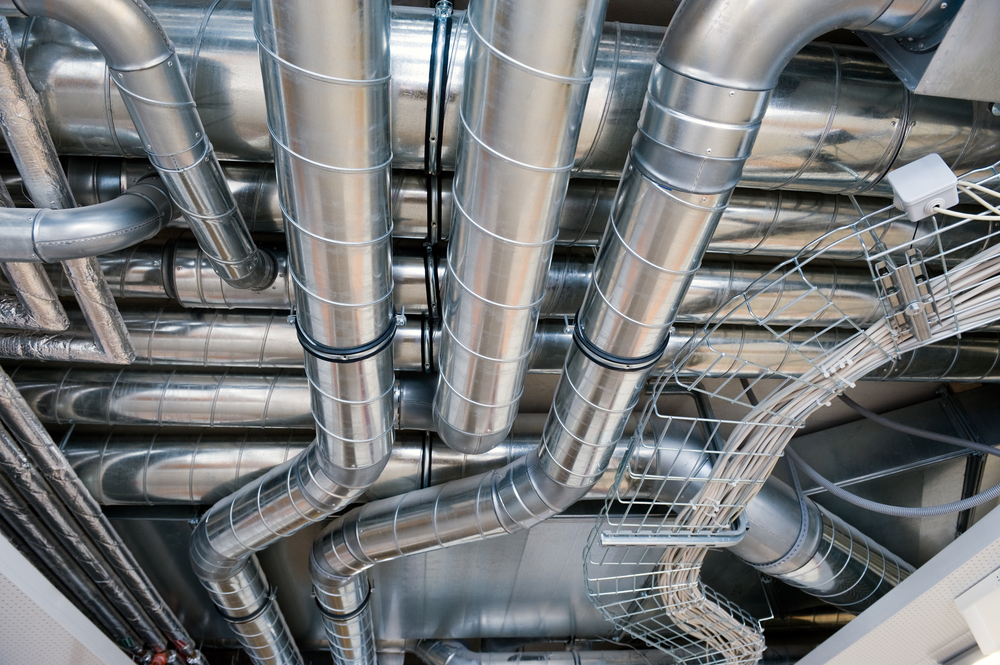September 6, 2019
Initially, Joseph Bramah was the first to submit a patent for the extrusion operation in 1797 – Mr Brahman’s patent focused on the extrusion of soft metal pipes.
In Bramah’s day, this was performed using a hand press, but extrusion has come a long way since the 18th century.
Extrusion can be conducted in a number of ways, but the most widely used method with regard to metals is hot extrusion. In this method, the metal is heated until it is above its recrystallisation temperature (somewhere between 350 and 500⁰c for aluminium) and then pressed through a shaped die.
In order to protect the stock material, a dummy block is placed behind it and as it is extruded from the die it is cooled and subsequently stretched or pulled to avoid buckling or misshaping.
This creates long sections of material with a uniform profile, enhanced strength and high quality of surface finish. Aluminium is one of the most commonly extruded metals and can be extruded in a number of different ways.
The final step is to cut the aluminium extrusion to the required length and to treat the extrusions with heat in age ovens, which hardens the aluminium by accelerating the ageing process.
Besides the metal industry, extrusion as a process has a wide range of applications, including food, plastics, and ceramics.
The process is a reliable and relatively simple means of producing a consistently high-grade material.
To learn how you could benefit from high quality extruded aluminium, contact Orgbar Aluminium today.

